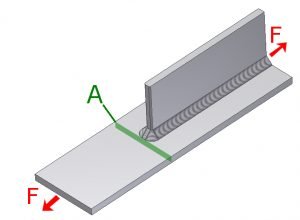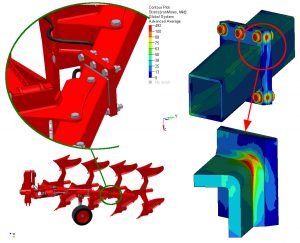FINITE ELEMENT BASE FATIGUE CALCULATION OF COMPLEX WELDED STRUCTURES
Welding is the most common joining process for metals thanks to the many advantages it offers. It’s efficient and cost effective method of joining metals, permits considerable freedom in design and cab be mechanized. From static strength perspective good weld can be as strong as the base metal, however, fatigue strength is much lower (Fig. 1) and does not increase with the use of higher strength material (Fig. 2).












